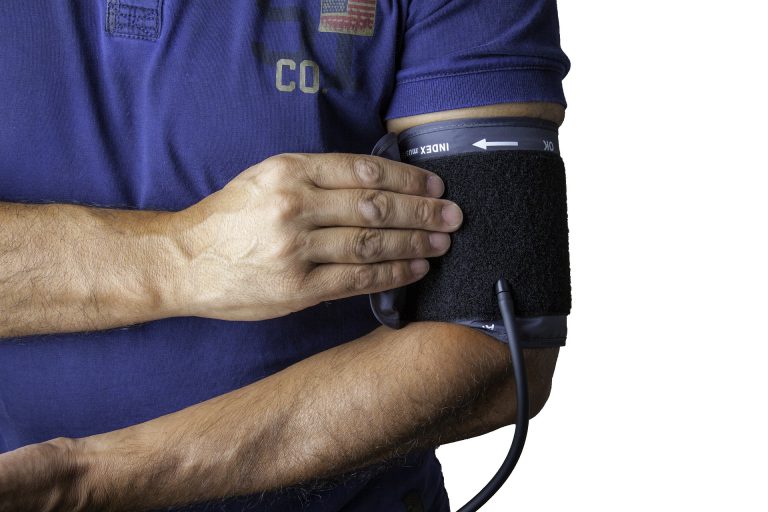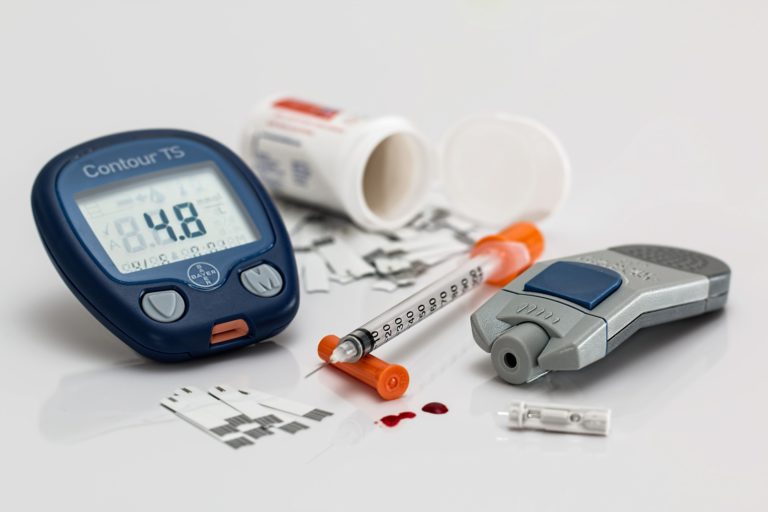The Different Types of Diabetes Explained
Millions around the world live with diabetes or know someone living with the metabolic disease. Diabetes causes blood glucose (sugar) levels to rise above normal. This is also called hyperglycemia. When glucose builds up in the blood instead of going into cells, it can cause two problems: Right away, your cells may be starved for energy and over time, high blood glucose levels may damage your eyes, kidneys, nerves or heart.
Since 1965 the World Health Organization has periodically updated and published guidance on how to classify diabetes mellitus, the last one published in 2019. According to the current classification there are two major types: Type 1 diabetes and Type 2 diabetes. But recent developments in molecular genetics have allowed clinicians to identify growing numbers of subtypes of diabetes, sometimes with important implications for choice of treatment.
Type 2 diabetes is the most common form of the condition. If you have Type 2 diabetes, your body doesn´t use insulin properly. This is called insulin resistance. At first, your pancreas makes extra insulin to make up for it. But, over time, it can´t make enough insulin to keep your blood glucose at normal levels. Type 2 diabetes is treated with lifestyle changes, oral medications, and insulin. Some people with Type 2 can control their blood glucose with healthy eating and being active. But your doctor may need to prescribe oral medications or insulin to help you meet target blood glucose levels. Type 2 usually gets worse over time, even if you don´t need medications at first, you may need them later.
Contrary to popular belief, Type 1 diabetes is not a childhood disease but occurs at every age, in people of every race, shape and size. More adults than children have Type 1 diabetes, despite its previous label – ´juvenile diabetes´. In Type 1 diabetes, the body doesn´t produce insulin, a hormone that the body needs to get glucose from the bloodstream into body cells. With the help of insulin therapy and other treatments, even young children can learn to manage their condition and live long, healthy lives.

As we covered in a previous blog, Type 1.5 diabetes is an unofficial term for Latent Autoimmune Diabetes in Adults (LADA), which is a slow-progressing form of autoimmune diabetes. Like the autoimmune disease Type 1 diabetes, it occurs as the pancreas stops insulin production but unlike Type 1 diabetes, people with Type 1.5 often do not need insulin for several months up to years after they are diagnosed. Around 15-20% of people diagnosed with Type 2 diabetes may actually have Type 1.5 diabetes.
Pregnant women who have never had diabetes but who have high blood glucose levels during pregnancy, are said to have gestational diabetes. We don´t yet know what causes gestational diabetes, but we have some clues. The placenta supports the baby as it grows. Hormones from the placenta help the baby develop. But these hormones also block the action of the mother´s insulin in her body. This “insulin resistance” makes it hard for the mother´s body to make and use all the insulin it needs for pregnancy, up to three times the normal amount. Without enough insulin, glucose cannot leave the blood to be changed to energy and builds up in the blood to high levels.
Other types of diabetes mentioned in the WHO guidance are for example a slowly evolving form of immune-mediated diabetes; a ketosis-prone form of diabetes; monogenic diabetes; diabetes of the exocrine pancreas; drug or chemical-induced diabetes; and infection-related diabetes like we recently covered in our blog ´Can COVID-19 Cause Diabetes?´. For more examples and further details, read the entire report here.









